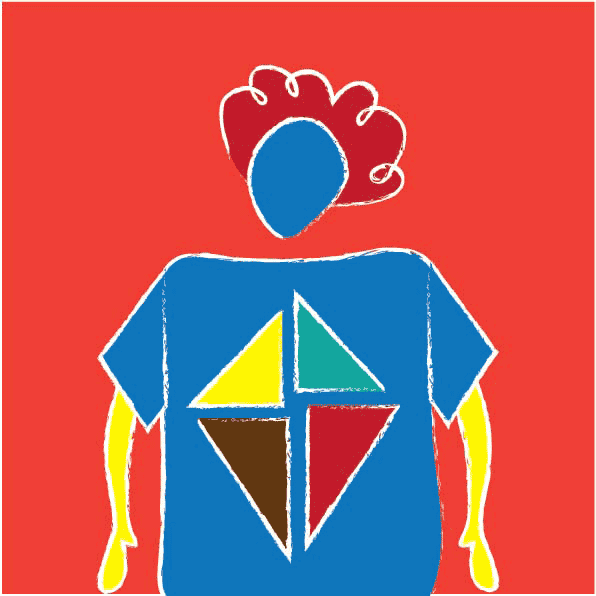Creativity is often seen as a niche since the days of the Renaissance. Painters, sculptors, musicians were seen as people who exuded different qualities and had reveled in certain experiences that made them ‘creative.’ Creativity was often seen synonymous with fine art, theatre and expression; even though artists like Leonardo Da Vinci had a strong knowledge in anatomy, mathematics and engineering. Art or ‘creativity’ was always romanticized, and placed in boxes away from logic, reason and the dreary information.
The Industrial Era as well saw this general notion further institutionalised in work and education. Before the Digital Revolution and the disillusionment with the Corporate State, being creative was almost opposite inversely proportional to the amount of information consumed by an individual. Confirmation bias was prevalent as lots of students who ‘failed’ at in academic subjects, excelled in art school.
This is again a subjective viewpoint, where the epistemological roots of creativity and information had not been questioned over a period of time; though each of these terms could mean a variety of things, their perceptions were hardly exploited.
Information began to be seen as a binary of creativity when design thinking began to gain popularity in the 1990s. Information was being used to fuel solutions creatively, at a point where industries retail, technology were struggling to stand out due to the over saturation of products in the marketplace. As the Machine Age gave way to the Knowledge Era businesses and companies began to see creativity as an essential tool to help their employees connect and engage with information they are exposed to on a daily basis. Multinational corporations like IBM, Deloitte were all investing into this idea of design thinking.
Information is now linked to the generation of new ideas. In the Digital Age there is no longer a discord between the ‘creative’ and the ‘informative’. Creativity could be a giant sheet of paper used to relay information, or information could be a smart chip on a clothing tag produced after years of creative brainstorming. The lines are blurred and rightfully so.
On a personal note I have always used information or ‘research’ to fuel my creative practice. My learning from the very beginning (in my undergrad) was about validating ideas, using information to form a base or plateau for the form of expression. Being informed enhances one’s creativity. It gives them more fodder for new ways of thinking, iterating and exploring. The way creative practitioners treat information also categorizes them as an ‘artist’ or a ‘designer’. An artist tends to be more attached to the stream of information they expose themselves to. There is again confirmation bias at work here, when they dig into a certain pool of knowledge that others might not care to get involved with to such a degree of complexity. Thus the final result is seen as a subjective interpretation, a display of opinion or thoughts without any necessary outcome. Designers on the other hand use this information to create something useful, or translate it in such a way that such that it becomes more universal.
The future though is being perceived as information driven. With the rise of artificial intelligence and machine learning, coders and technologists are re imagining the landscape of creative industries. The debate is ongoing: can the uncertainty and creative wonder of the human brain be replaced or largely taken over by something created by humans themselves?
